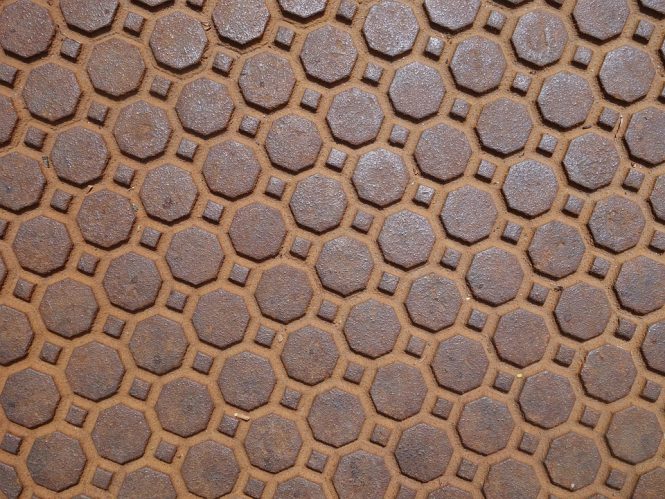
How to Inspect Your Roof Regularly: A Guide to Identifying Potential Issues
Your roof is one of the most critical components of your home, providing protection from the elements and insulation from heat and cold. Regular roof inspections can help identify potential issues before they become major problems, saving you money and stress in the long run. In this article, we’ll provide a step-by-step guide on how to inspect your roof regularly and what to look for.
Why Regular Roof Inspections are Important
Regular roof inspections can help:
- Prevent Leaks: Catching small issues before they become major problems can save you from costly repairs and water damage.
- Extend Roof Life: Regular inspections can help extend the life of your roof by identifying areas that need repair or maintenance.
- Improve Energy Efficiency: A well-maintained roof can help improve energy efficiency by ensuring proper insulation and ventilation.
- Enhance Safety: Identifying potential hazards, such as loose or missing shingles, can help prevent accidents and injuries.
When to Inspect Your Roof
It’s recommended to inspect your roof at least twice a year, in the spring and fall, to catch any potential issues before they become major problems. Additionally, you should also inspect your roof after:
- Severe Weather: Inspect your roof after severe weather conditions, such as heavy rain, strong winds, or hail, to identify any damage.
- New Construction: Inspect your roof after new construction or renovation to ensure that all components are properly installed and functioning.
- Roof Age: If your roof is approaching the end of its expected lifespan (typically 20-30 years), it’s essential to inspect it regularly to identify any potential issues.
Step-by-Step Guide to Inspecting Your Roof
Here’s a step-by-step guide to inspecting your roof:
- Start from the Ground: Begin by inspecting your roof from the ground, looking for any obvious signs of damage, such as:
- Missing or loose shingles
- Cracked or broken tiles
- Sagging or bent gutters
- Debris or branches on the roof
- Check the Gutters and Downspouts: Inspect the gutters and downspouts to ensure they are:
- Clear of debris and leaves
- Securely attached to the roof
- Functioning properly
- Inspect the Roof Surface: Use binoculars or a ladder to inspect the roof surface, looking for:
- Cracks or broken shingles
- Loose or missing flashings (around chimneys, vents, and skylights)
- Debris or sediment accumulation
- Signs of wear or aging (such as curling or buckling shingles)
- Check the Flashings and Vents: Inspect the flashings and vents to ensure they are:
- Securely attached to the roof
- Properly sealed
- Functioning properly
- Inspect the Chimney and Skylights: Inspect the chimney and skylights to ensure they are:
- Securely attached to the roof
- Properly sealed
- Functioning properly
- Check the Roof Edges: Inspect the roof edges to ensure they are:
- Securely attached to the roof
- Properly sealed
- Free of debris or sediment accumulation
What to Do if You Find an Issue
If you find an issue during your roof inspection, take the following steps:
- Document the Issue: Take photos and notes to document the issue.
- Contact a Professional: Contact a licensed and insured roofing professional to assess and repair the issue.
- Prioritize Repairs: Prioritize repairs based on the severity of the issue and the potential impact on your roof’s integrity.
Conclusion
Regular roof inspections can help identify potential issues before they become major problems, saving you money and stress in the long run. By following this step-by-step guide, you can ensure that your roof is properly maintained and functioning correctly. Remember to inspect your roof at least twice a year, and after severe weather or new construction, to catch any potential issues before they become major problems.